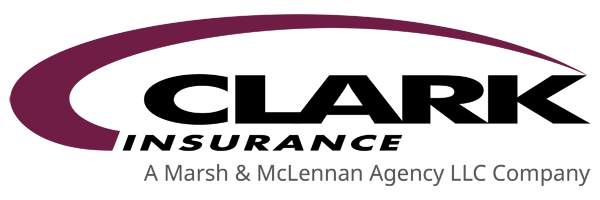30 Jan Safety: If you can’t measure it, you can’t manage it

Now is the time to set measurable objectives to reduce accident costs with improved risk controls in 2014.
Progress on measurable safety objectives, with specific actions (or “steps”) to reach those objectives, is a vital risk control tool.
Which type of objective works for you?
One type of measurable improvement objective is a percent reduction in the number or costs of all injuries, or a specific type of loss – such as falls, strains, or backing crashes.
Example: Beginning February 3rd, the safety team will complete and document monthly safety inspections to identify and correct slip and fall hazards in the production and warehouse departments. Our goal is a 50% reduction in our three-year average frequency of one fall per 600 products shipped.
A second type of improvement objective is to complete and document OSHA required annual training.
Example: Beginning in January and proceeding at a rate of one topic a month, we will provide required annual OSHA training for all or affected employees for Hazard Communication, Bloodborne Pathogens, Permit Required Confined Space Entry, Electrical Safety Plan, First Aid Program, Flammable Combustible Liquids Safety, Lockout/Tagout, etc.
And a third type of improvement objective is to review and update all or specific parts of the safety program.
Example: Beginning January15th, the safety committee will review, update, and re-issue the safety policy manual at a rate of one chapter per month. Our goal is to complete the revision by November 15th.
We believe that, “What gets measured gets done,” and that progress towards accomplishing the objective(s) should be measured and reported regularly to the whole team.
Plan your objective(s) now! Establishing measurable improvement objectives with specific action items is sound management. If you want to discuss possible objectives and how we can support your plan please contact us. We’re happy to help.
This material is for general informational purposes only. It is not intended as legal, medical, financial, or insurance advice for any particular situation. Please contact Clark Insurance or your attorney for answers to your specific questions.



